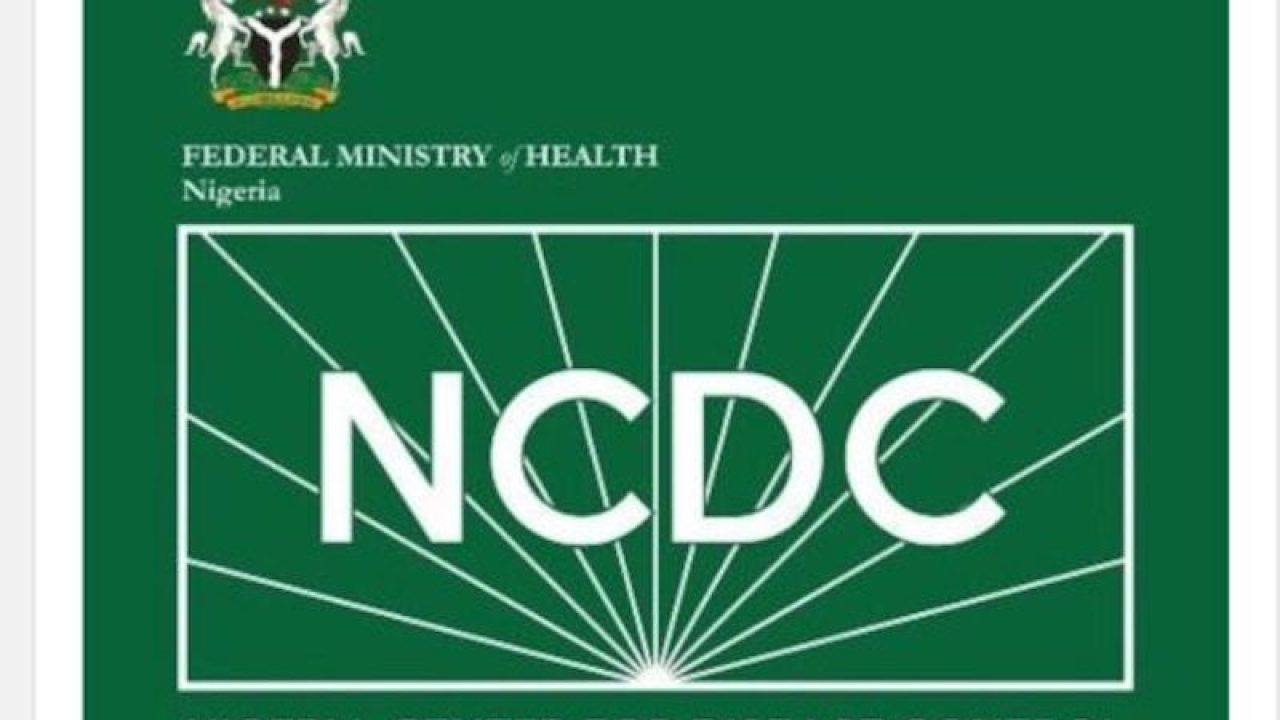Health
Lassa Fever Outbreak Claims 168 Lives Across Nigeria in 2025

The Nigeria Centre for Disease Control and Prevention (NCDC) has reported that Lassa fever has claimed the lives of 168 individuals across 21 states in Nigeria as of 2025. In its recent situation report for epidemiological week 38, the NCDC detailed a total of 4,543 suspected cases of the viral disease, with 897 confirmed positive cases. The current case fatality rate stands at 18.7 percent, significantly higher than the national target of below 10 percent.
Lassa fever has predominantly affected four states: Ondo, Edo, Taraba, and Bauchi, which collectively account for 67 percent of all confirmed cases. Among these, Ondo State has reported the highest incidence, followed closely by Edo and Bauchi. Other notable states impacted by the outbreak include Ebonyi, Benue, Kogi, Gombe, Plateau, Kaduna, Nasarawa, Enugu, Delta, Anambra, Rivers, Borno, Oyo, Ogun, Lagos, and the Federal Capital Territory (FCT).
The NCDC indicated that the majority of confirmed cases involve individuals aged 21 to 40, a demographic noted for being socially and economically active, thereby increasing their exposure to the rodent-borne disease. Lassa fever is an acute viral hemorrhagic illness transmitted through contact with food or household items contaminated by the urine or feces of infected rats. Human-to-human transmission is also a risk, particularly in healthcare settings lacking adequate infection control measures.
Although cases typically peak during the dry season from December to April, this year has seen persistent infections across the calendar. The NCDC has expressed concerns that without enhanced community awareness and stringent control measures, Lassa fever will remain a significant public health issue.
The agency reported that some regions, including Taraba and Bauchi, are experiencing higher fatality rates than the national average. The NCDC emphasized that early medical intervention can greatly improve survival rates, as the antiviral drug ribavirin is most effective when administered promptly after symptoms appear.
To combat the outbreak, the NCDC is enhancing response efforts, which include improving surveillance, expanding diagnostic capabilities, and supporting treatment centers in areas most affected by the disease. Community sensitization initiatives are ongoing to promote preventive practices, such as proper food storage, maintaining environmental hygiene, and avoiding self-medication.
The NCDC has called for greater collaboration among states, communities, and healthcare professionals to effectively curb the spread of Lassa fever. Citizens are urged to take preventive measures, such as securely storing food, covering waste, and minimizing contact with rodents, the primary carriers of the virus.
-

 Entertainment1 month ago
Entertainment1 month agoAnn Ming Reflects on ITV’s ‘I Fought the Law’ Drama
-

 Entertainment2 months ago
Entertainment2 months agoKate Garraway Sells £2 Million Home Amid Financial Struggles
-

 Health1 month ago
Health1 month agoKatie Price Faces New Health Concerns After Cancer Symptoms Resurface
-

 Entertainment2 months ago
Entertainment2 months agoKim Cattrall Posts Cryptic Message After HBO’s Sequel Cancellation
-

 Entertainment1 month ago
Entertainment1 month agoWhere is Tinder Swindler Simon Leviev? Latest Updates Revealed
-

 Entertainment2 months ago
Entertainment2 months agoMasterChef Faces Turmoil as Tom Kerridge Withdraws from Hosting Role
-

 Entertainment3 months ago
Entertainment3 months agoSpeculation Surrounds Home and Away as Cast Departures Mount
-

 World1 month ago
World1 month agoCole Palmer’s Mysterious Message to Kobbie Mainoo Sparks Speculation
-

 Entertainment1 month ago
Entertainment1 month agoITV’s I Fought the Law: Unraveling the True Story Behind the Drama
-

 Entertainment3 weeks ago
Entertainment3 weeks agoCaz Crowned Winner of The Great British Sewing Bee, Overjoyed by Triumph
-

 Entertainment2 months ago
Entertainment2 months agoAldi Launches Cozy Autumn Fragrance Range Ahead of Halloween
-

 Entertainment2 months ago
Entertainment2 months agoMarkiplier Addresses AI Controversy During Livestream Response









